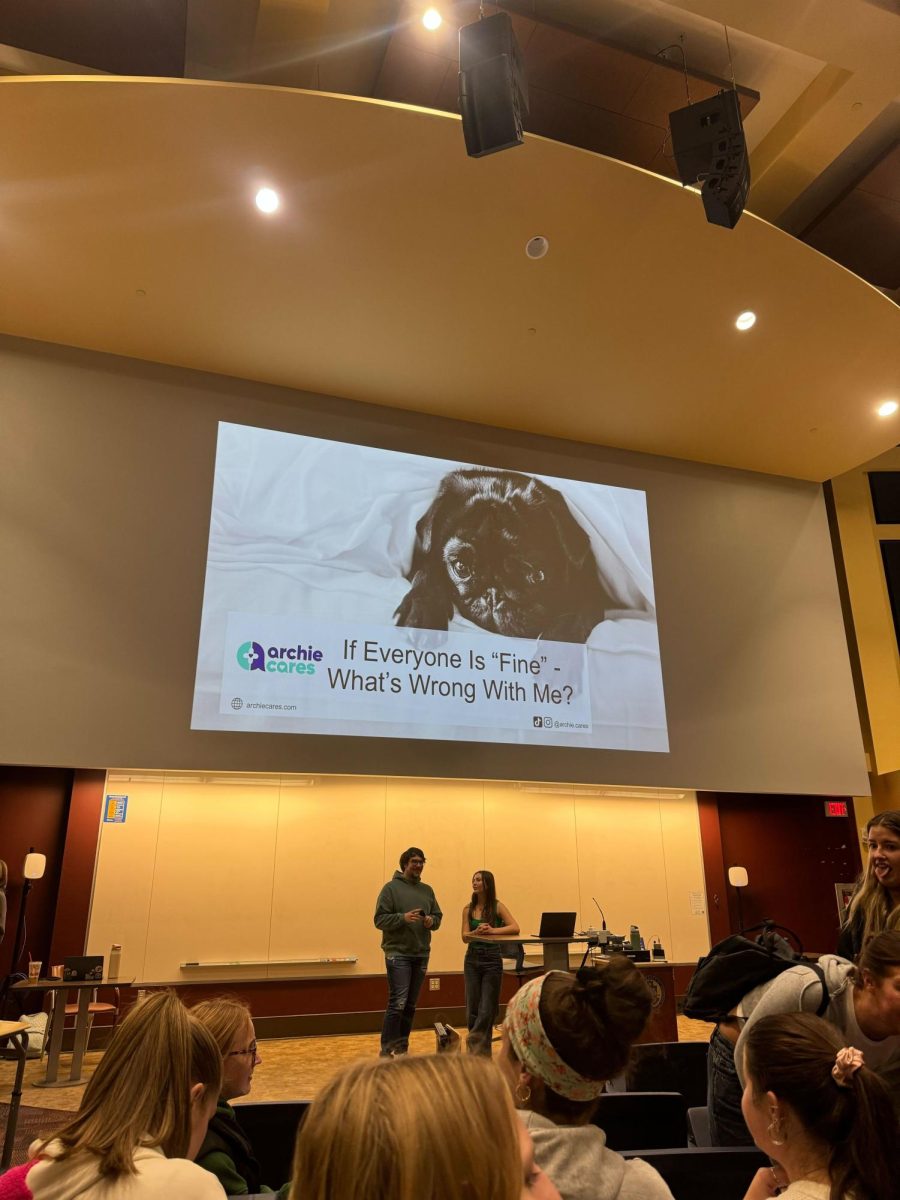Maldoror takes listeners on a musical journey
April 12, 2004
Maldoror
Erik Friedlander
Brassland
Recommended if you…
Maldoror
Erik Friedlander
Brassland
Recommended if you like: Experimentalist or concept albums, Harry Partch, Laurie Anderson, Philip Glass
Classical music is great. The best part of it is the amount of work put into creating scores. When I think of 21st century composers, I almost expect painstakingly engineered works of art. There’s so much to consider when writing music — time signatures, key signatures, writing for other instruments, rests, etc.
Here we have an album that features a cello. Maladoror is a solo work of improvisation, so toss all of that previous theory out the window for now. It was exciting to discover that Berlin’s Erik Friedlander has worked with musicians that included avant-garde saxophonist John Zorn and electro-acoustic pioneer Laurie Anderson.
Further reading on Friedlander revealed that this was a concept album of sorts, based on surrealist poems of Lautreamont, described in the album’s press materials as, “Intense, mystical and beautiful, it is a journey into music’s darkest heart.”
That sounds like quite a powerful experience.
The album is 10 improvisations long, or about 40 minutes, and each song was done on a single take. I tended to see a strong influence from Laurie Anderson, with her very artsy and cathartic buildups that rise and fall repeatedly, climaxing several times within the same track. If you were expecting the second coming of Beethoven or Bach, I’m sorry, this record isn’t for you.
Quite bluntly, this album is crazy and creepy. Paranoia sets in with every track, as pieces such as the closer, “A Sewing Machine and an Umbrella,” sound like the diary of a mental patient put to the soundtrack of a lone cello. If you were under the effects of hallucinogenic substances, I would stay far away from this. I don’t think it’s one of the last things you want to hear at night before you go to bed, either. But if you’re prepared for a roller-coaster ride that will shake you and break you with its experimentalist tracks, hallelujah This might be the album you need in your collection next to your John Cage, Laurie Anderson, and Philip Glass records.
Maladoror has brilliant melodic sections that you may not notice on the first listen. Just listen to “One Should Let One’s Fingernails Grow.” It tatters and bangs around with slides and horror-movie like exposition. But then Friedlander bangs on his cello like a guitar, creating some of the most sinister yet gorgeous sounds to be recorded by a single cello.
There’s no joke about it however, because it is a very difficult listen. It’s not going to be an ambient work you can just relax to. It takes extremely active listening to appreciate each of its moody breaks. Each minute of the journey goes deeper into the artistic poetry that he lays down with his bow and instrument. I think the album was meant to be listened to as one cohesive unit, which is hard to do when you’re living in the MTV short-attention-span generation. But try to put that aside for a while. Close your eyes, and let the album soak into your pores and reroute your body’s inner plumbing. This is how Friedlander wanted the world to experience his work.
Experimentalism doesn’t require you to just get field recordings and drum machines; conventional instruments can also be used to create abstract albums such Maladoror. Some will find it to be complete rubbish while others will find it to be a work of art. Friedlander’s latest work teeters on this brink, with no clear way to judge the album one way or the other without a thorough listen.
Decide for yourself, but bring all your courage if you plan on making this journey alone.


